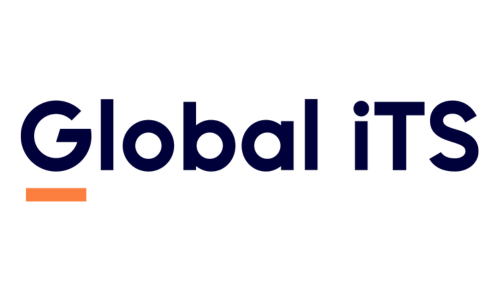In today’s fast-paced digital world, a sluggish core banking system can significantly impact a financial institution’s competitiveness. Slow transaction processing, system downtime, and data bottlenecks can have severe consequences for financial institutions. Specifically, these issues can intensely frustrate customers, substantially hinder operational efficiency, and even severely damage brand reputation. Continue reading this blog to learn more about how you can optimize your core banking system for performance.
When transactions are slow, customers experience significant inconvenience, leading to dissatisfaction and a potential loss of trust. This directly impacts customer loyalty and can cause clients to seek services elsewhere. Furthermore, prolonged system downtime can result in massive financial losses, not just from missed transactions, but also from regulatory fines and compliance violations. For financial firms, even a brief outage can cost millions, as highlighted by various industry reports on the true cost of IT downtime.
Moreover, data bottlenecks act as chokepoints, slowing down entire processes and eroding operational efficiency. This leads to increased operational costs, missed deadlines, and employee frustration, ultimately impacting the firm’s overall financial success and market position. Collectively, these operational failures contribute to a negative customer experience, which can rapidly diminish a financial institution’s brand reputation and make it harder to attract new clients in a competitive market. Read the below to learn more about how you can keep optimizing your core banking system for performance
5 Key Strategies
Here are five key strategies to optimize your core banking system performance:
1. Regular System Maintenance
Firstly, proactive updates are essential. Implement regular software updates and patches to address bugs, enhance security, and improve overall system stability. Additionally, schedule maintenance activities, such as database optimization and system backups, during off-peak hours to minimize disruption.
2. Hardware and Infrastructure Upgrades
Secondly, ensure you have sufficient resources. Your hardware and infrastructure, including servers, storage, and network equipment, must handle current and future transaction volumes. Furthermore, consider migrating to a cloud-based infrastructure for enhanced scalability, flexibility, and cost-effectiveness.
3. Performance Monitoring and Tuning
Thirdly, implement robust real-time monitoring tools. These tools track system performance, identify bottlenecks, and proactively address potential issues. Moreover, regularly analyze system performance data and make necessary adjustments to optimize database queries, application code, and system configurations.
4. Data Optimization
Next, prioritize data cleansing. Regularly clean and de-duplicate data to improve data quality and reduce processing times. Also, archive historical data to free up valuable storage space and further improve system performance.
5. User Training and Support
Finally, ensure all users are properly trained on how to use the core banking system efficiently. Additionally, provide adequate technical support to users to address any issues or concerns they may encounter.
By implementing these strategies, financial institutions can significantly improve the performance of their core banking systems, enhance customer satisfaction, and gain a competitive edge in the market.
Optimize Your Core Banking System for Performance: A 5-Point Checklist
By diligently implementing these five strategies, you can significantly enhance your core banking system’s performance. This proactive approach ensures your institution remains agile, efficient, and capable of meeting the evolving demands of the financial landscape. Ultimately, a well-optimized core banking system is foundational to sustained success and customer satisfaction.
About Global iTS
Global Information Technology Solutions (Global iTS) is a leading IT company focused on empowering businesses through solutions built on their expertise and partnership with Microsoft Dynamics 365. They specialize in the BFSI sector, with a broad client base in the Financial Services, Insurance, and Investment industries, helping them optimize operations through digital transformation. Global iTS offers comprehensive, industry-specific services tailored to each company’s unique needs. Their commitment is to become the world’s most trusted technology partner for businesses.
Global iTS is Microsoft Dynamics 365 partner and has 11 offices globally, located in Bahrain, Saudi Arabia, UAE, Kuwait, Qatar, Oman, United Kingdom, Jordan, India, Pakistan and Singapore.






